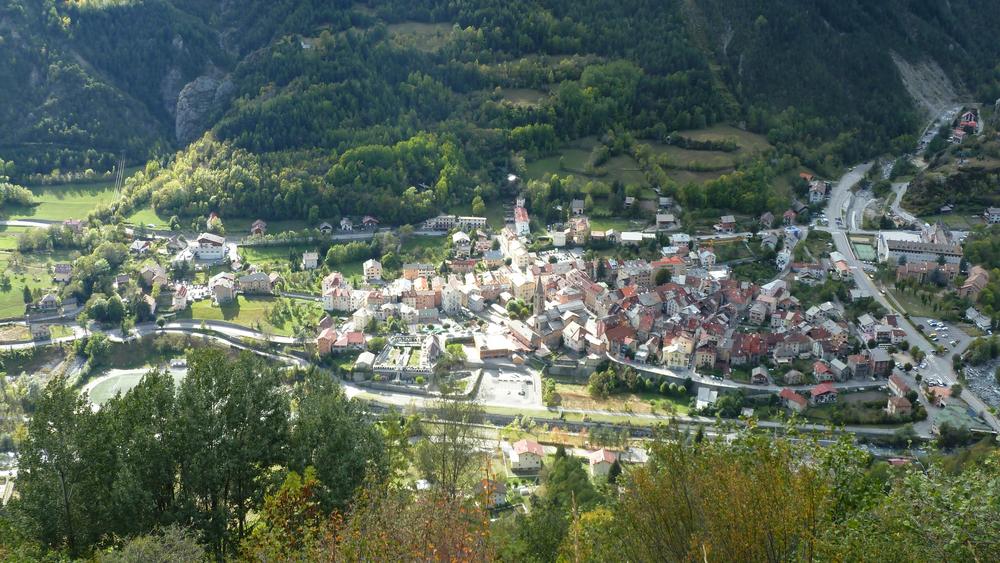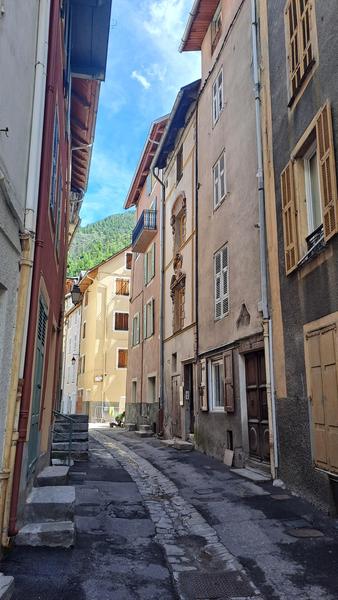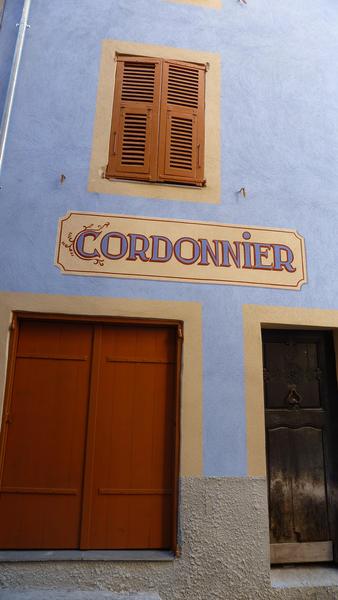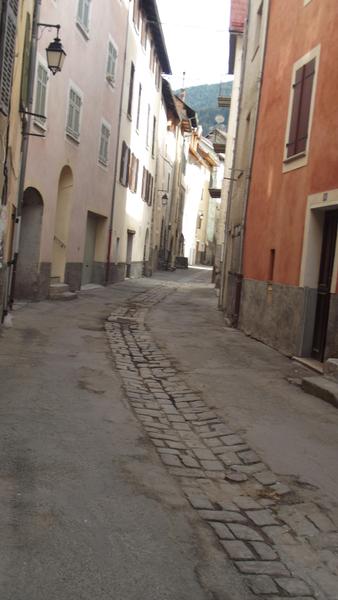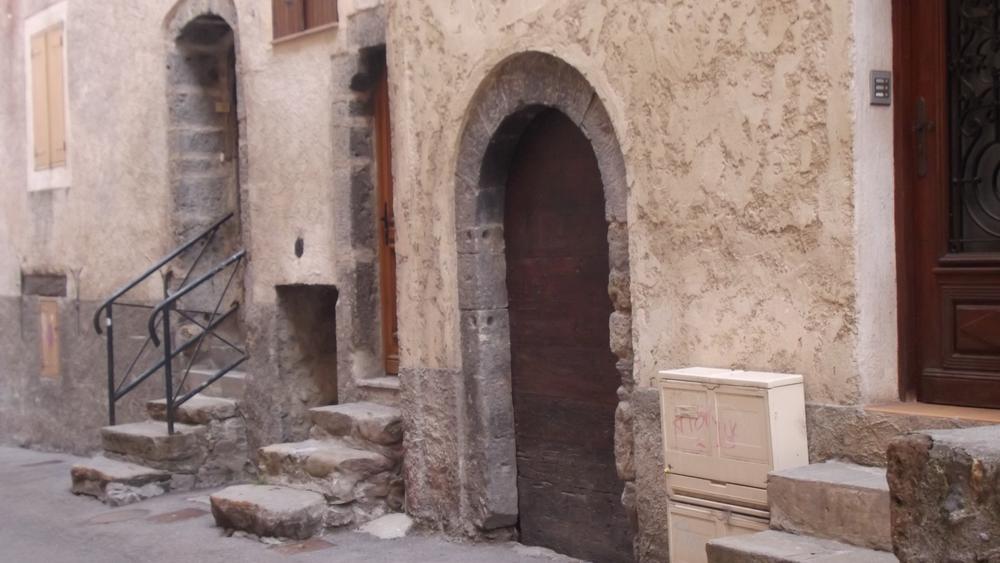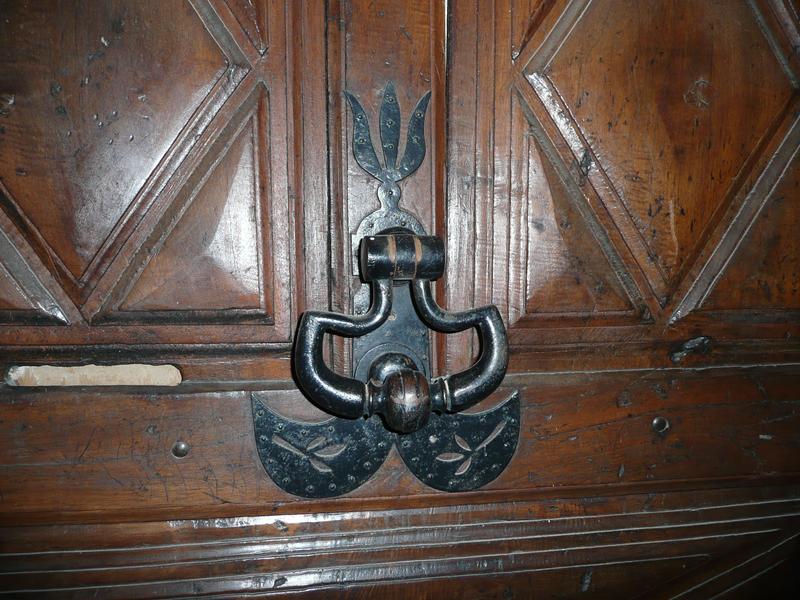This 400-meter-long street is one of the oldest streets that, when you walk along it, tells the story of the village.
Before the village was rebuilt after the fire that ravaged much of it in 1929, this was one of the two main streets in this mountain village. It ran a sort of west-east axis from the Church Square. This street was the main access to the Upper Tinée Valley.
This street was used by soldiers stationed at Camp des Fourches, as well as by residents of the village of St Dalmas Le Selvage, as well as those from the hamlets of Vens, Le Pra, and Bousiéyas.
Animals, brought to the renowned fairs in the region, which took place on Place San Ment, also passed by the residents of Rue Longue and the small adjacent streets.
This was the first Trinitarian Convent (at the corner of Descente Folcoara, named after the "Father Minister" superior of the former convent) before its construction in the Serré district. Also located here was the Convent of the Tertiary Sisters of Saint Theresa (now the Maison Laugier), who left Saint Etienne in 1755 to settle in Sospel.
Over the decades, this Rue Longue housed many artisan shops (shoemakers, carpenters, tinsmiths, tailors, viol makers (a musical instrument)) as well as businesses essential to the community life of this mountain village (grocery stores, coffee roasters, wine and spirits sales, butchers, restaurants, bars, laundromats, dance halls, etc.). Until the 1990s, people would go to the Cooperative to buy dishes, seeds, tools, grain or salt for animals, hardware, groceries, boxes, drinks, but also cold cuts or cheese by the slice from Geneviève and Charles. Everyone found something they liked, even children who found all kinds of candy there!
This street is the artery from which Gonfalon, Portalet, Paix, Caribou Sourd, Val Gelé, Descente Folcoara, Posterlat, Planet, and finally Pasquier Street branch off. These neighborhoods also feature houses dating back to the Middle Ages (Rue du Val Gelé and 33, Rue Longue).
The fountain facing Planet Street was used for a long time by Saint-Étienne households when there was no running water in the houses, but also by animals to drink when they returned from the mountain pasture trails. Take the time to observe the facades, the entrance doors and their pediments.

